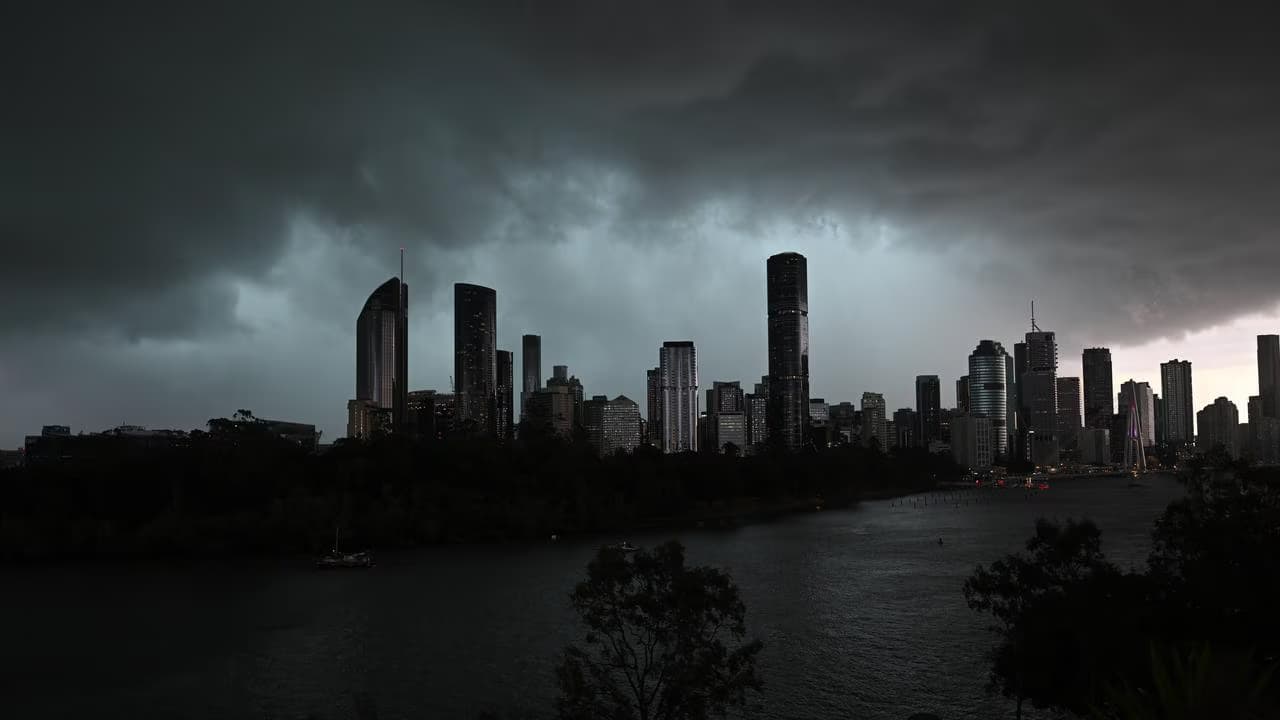We're loading the full news article for you. This includes the article content, images, author information, and related articles.
Massive power outages, giant hailstones and destructive winds batter Australian states with significant Kenyan populations, highlighting growing climate change risks.

GLOBAL – Tens of thousands of residents, including a substantial Kenyan diaspora community, were left without power across two Australian states after severe thunderstorms unleashed destructive winds, giant hailstones, and record rainfall over the weekend.
In south-east Queensland, home to a significant Kenyan population centered around Brisbane, about 26,000 households were without electricity on Monday morning, October 27, 2025, according to power distribution company Energex. At the peak of the storm on Sunday evening, more than 67,000 customers had lost power. The company reported "significant damage" to its network after wind gusts reached up to 109km/h in Gayndah and hailstones as large as 7cm were recorded in the Brisbane suburb of St Lucia, as confirmed by the Australian Bureau of Meteorology (BoM).
Meanwhile, in the state of Victoria, where Melbourne hosts one of Australia's largest Kenyan communities, residents experienced what was described as "terrifying" winds and the city's wettest day in 18 months. The BoM is investigating a possible "short-lived tornado" in Melbourne's western suburbs. Victoria's State Emergency Service (SES) received 598 calls for assistance, primarily for building damage and fallen trees. At one point, over 28,000 energy customers in Victoria were without power.
The storms caused widespread disruption and damage. By 11:00 AM AEDT on Monday, major insurer Suncorp had already received over 2,100 claims—approximately 1,100 for motor vehicles and 1,000 for homes—primarily due to hail and wind damage in Queensland. Energex stated on Sunday night that nearly 70 crews were working to restore power amid warnings for residents to stay clear of downed power lines.
The 2021 Australian Census indicates that Queensland and Victoria are home to a large portion of Australia's 22,348 Kenya-born residents, with 15.3% residing in Queensland and 23% in Victoria. Community organisations such as 'Kenyans in Queensland (KIQ)' in Brisbane and the 'Kenya Community Victoria' in Melbourne serve as hubs for the diaspora in the affected regions.
These severe weather events are occurring with increasing frequency and intensity, a trend that scientific bodies like the Intergovernmental Panel on Climate Change (IPCC) and the Australian government's own reports link to global climate change. Australia is becoming hotter and more prone to extreme heat, bushfires, droughts, and floods, which has a cascading effect on ecosystems and infrastructure.
For Kenya and East Africa, the increasing regularity of such extreme weather events in major agricultural and trade partners like Australia carries potential long-term implications. Disruptions to Australian agriculture and transport logistics can impact global supply chains for commodities like wheat and other essential goods. Past extreme weather events in Australia have led to significant delays in road, rail, and air freight, affecting the availability and price of goods. While the immediate impact of this specific storm on Kenyan supply chains is not yet clear, it serves as a stark reminder of the interconnectedness of the global economy and its vulnerability to climate-related shocks.
Australian authorities have warned that damp conditions are expected to persist, with more rain forecast for eastern Queensland. In a stark contrast, the storms are set to be followed by a heatwave, with temperatures in Brisbane forecast to be 10 to 11 degrees above average, elevating the risk of bushfires.
Keep the conversation in one place—threads here stay linked to the story and in the forums.
Other hot threads
E-sports and Gaming Community in Kenya
Active 6 months ago
Popular Recreational Activities Across Counties
Active 6 months ago
The Role of Technology in Modern Agriculture (AgriTech)
Active 6 months ago
Investing in Youth Sports Development Programs
Active 6 months ago